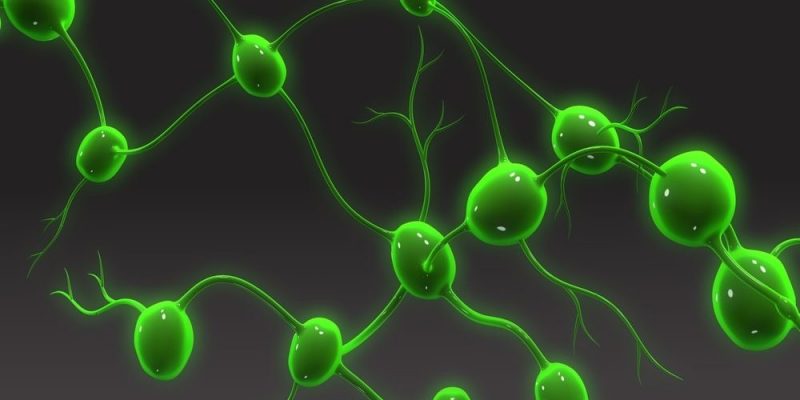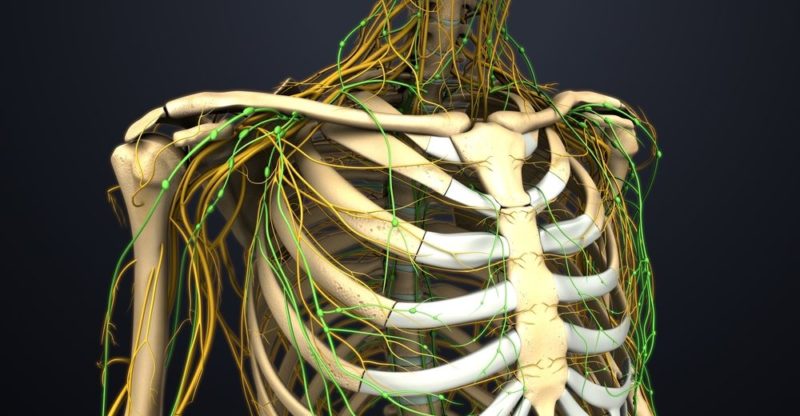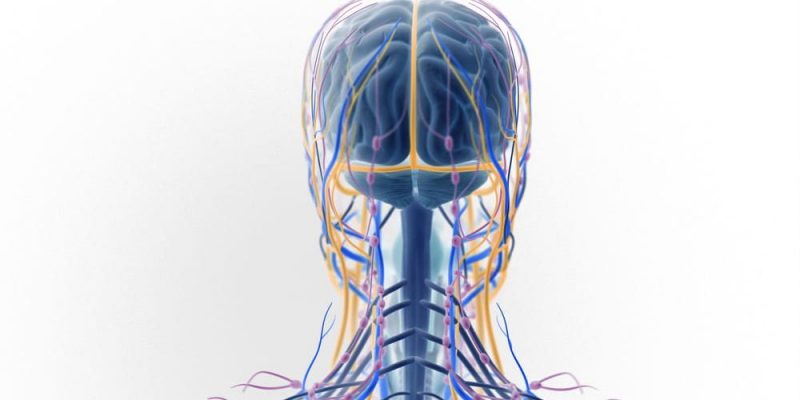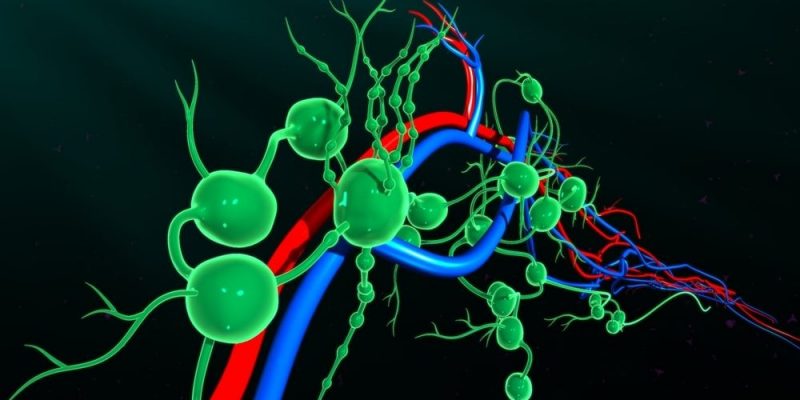We explain what the lymphatic system is, the organs that compose it, and its functions. In addition, its characteristics and how is its structure.
What is the lymphatic system?
The lymphatic system is the set of structures and organs of the human body responsible for transporting to the heart a transparent fluid rich in lipids and low in protein content known as lymph, which transports and distributes white blood cells throughout the Circulatory System , from which the lymphatic system is usually considered an active part.
The lymphatic system involves a huge set of lymphatic vessels , activated by minor muscle movements and constituting a second network of body fluids, as well as certain lymphoid organs (the bone marrow and the thymus) and certain tissues and glands.
The functions of this system are linked to the immune system , as well as the control of interstitial spaces (between cells) and the processing of certain fats such as those present in the intestinal chyle.
Characteristics of the lymph

Lymph is a pigment-free liquid , similar to blood but with a low protein and high fat content, in which only white blood cells are transported.
This fluid is generated in the interstitial space (between cells ) when there is an excess of fluid from the blood capillaries, and it drains into the lymphatic vessels.
The average human body has about two liters of lymph (little, compared to its five liters of blood).
Organs of the lymphatic system
The lymphatic system includes various lymphoid organs and nodes, that is, they generate B and T lymphocytes, such as:
- Primary lymphoid organs. The bone marrow (inside the bones) and the thymus.
- Secondary lymphoid organs. The various lymph nodes such as the pharyngeal tonsil or adenoids, the spleen, and mucosa-related lymphoid tissue.
lymph nodes

These are node-shaped structures , grouped in small clusters that are usually imperceptible, located mainly in the peripheral regions of the body.
They fulfill a key immune function, such as generating lymphocytes and serving as a meeting point between them and pathogens that may be in the body. For this they are connected to the lymphatic system.
The main lymph nodes in the body are located in the armpits, groin, neck, face, and supraclavicular and popliteal fossa.
Characteristics of the lymphatic vessels
The lymphatic vessels constitute a network present in practically the entire body , except in the liver, the thyroid and the esophagus, in charge of collecting and distributing the lymph, as well as carrying it to the damaged tissues to generate swelling or edema. They are very similar to blood vessels, only they do not carry red blood cells.
Functions of the lymphatic system
The functions of the lymphatic system are:
- Serve as a channel for the lymph and thus regulate the pressure of the interstitial fluid (osmotic pressure).
- Allow swelling or edema of the affected tissues, as well as their subsequent relief.
- Distribute immune cells throughout the body, connecting to the lymph nodes and lymphoid organs.
- Collect the chyle, a liquid generated in the duodenum, to collaborate with the capture of fats.
Structure of the lymphatic system

The network of the lymphatic system is distributed throughout the body, with a primary presence in the torso and abdomen .
The lymphatic capillaries usually accompany the main blood vessels of the body, since between them they allow the connection and intertwining of the immune system.
Until not long ago it was thought that the brain was exempt from it , but it has been proven that it is not; only the liver and other organs are.
Link with the immune system
The collaboration between the circulatory and lymphatic systems is key to the proper functioning of the body's immune system . Not only because it allows the rapid and efficient distribution of white blood cells in the body, but also because it provides a space in the glands so that invading microorganisms can be recognized and processed by lymphocytes. That is why during certain infections the lymphoid glands can appear swollen.
In addition, when the lymph passes through the vessels of the body, the white blood cells check the surroundings and can quickly detect any wrongdoing. It is a perfect surveillance and arrest system.
lymph movement

The lymph moves along the vessels arranged for it thanks to slight muscular contractions, if not to the circulatory system itself. It is an involuntary and continuous cycle.
Peyer's patches
These are abundant lymphoid tissues in the body and that cover the intestine and all the mucous membranes. They are part of the body's main defense system, as they come into direct contact with substances from outside the body, and allow lymphocytes to monitor all potentially pathogenic material.
Pathologies of the lymphatic system
- lymphoma . A type of cancer that affects the immune cells or the lymphoid tissues that generate them.
- Lipidema . The "fatty legs syndrome" is due to a failure in the lymphatic conduction of certain fats.
- lymphatic edema . Accumulation of harmful material or white blood cells in lymphatic regions without outlet, and that need to be drained to empty their content and recover the original pressure.
- lymphangitis . Infection of the lymphatic system itself as a result of a puncture wound in some region of the same.
The above content published at Collaborative Research Group is for informational and educational purposes only and has been developed by referring to reliable sources and recommendations from technology experts. We do not have any contact with official entities nor do we intend to replace the information that they emit.
Veronica is a culture reporter at Collaborative Research Group, where she writes about food, fitness, weird stuff on the internet, and, well, just about anything else. She has also covered technology news and has a penchant for smartphone stories. .
Leave a reply
Your email address will not be published. Required fields are marked *Recent post

Sport: What Is It, Types, Risks, Features, Characteristics and Examples

Dogs: Emergence, Features, Characteristics, Feeding and Breeds

Story: Definition, Elements, Structure, Features and Characteristics

